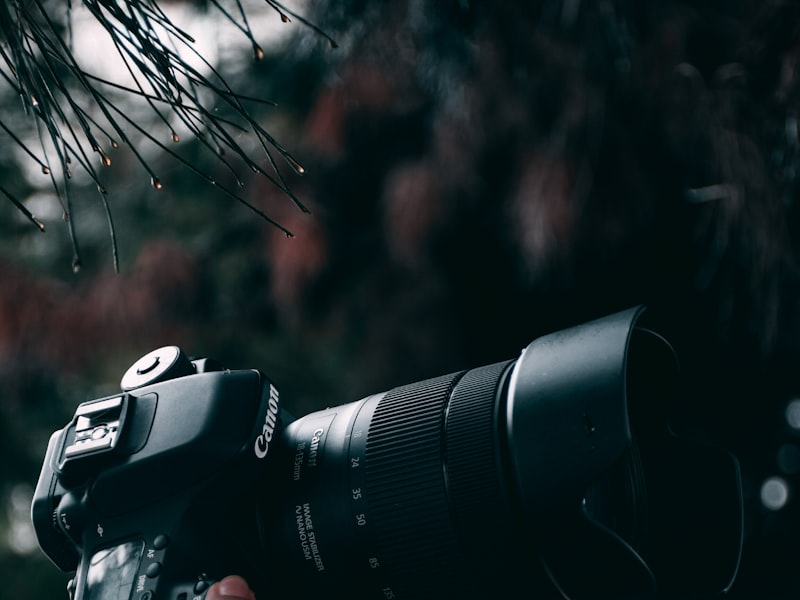What Is Reflexology?


Reflexology demands that you sit straight up while crossing your legs. Relax and breathe deeply. It is possible to consult a chart to learn the proper tension for each area. At first, start at the uppermost areas of the feet. It is recommended to work downwards from there, keeping your focus on one region of the foot at a time.
Foot reflexology
Reflexology is a form of massage that uses pressure to certain points on the body. It is a natural treatment that uses massage techniques that involve the thumbs, fingers, and hands without the usage of any oil or lotions. Also called zone therapy. It's an effective way to improve circulation and reduce stress.
The concept of reflexology is rooted in science from the 19th century. It posits that pressure on certain points of the feet relaxes the body by transmitting signals to the central nervous system. Reflexology also improves breathing and circulation, and has a calming impact on the immune system. It can help with headaches and improve digestion.
Hands Reflexology and Reflexology
Hand reflexology is a form of massage therapy based upon the notion that the whole body is linked by nerves. It is believed to have many advantages, ranging from better circulation, to relaxation for the entire body. Also, it has been proven to help sufferers of sinus and migraine issues. Reflexology for hands also assists in keep healthy health by relaxing muscles and promoting good digestion.
The thumb has numerous reflex points that symbolize various parts of the body. The outside ridge on the thumb for instance, represents the spine. It runs across the sides of the thumb, and extends to the wrist. The three regions of the spinal column closest to the thumb are those of the cervical, the thoracic, and lumbar.
The ear is a reflexology
A type of massage therapy employs the use of techniques that stimulate specific parts of the ears. While it may be accompanied by needles, an experienced practitioner should have previous experience in Acupuncture. A 75-hour training course is necessary to become certified in the field of ear reflexology. It includes 20 hours of instruction in group, 15 hours at home, and 40 hours for a practicum. Smaller groups of up to 12 students can take the course. Each participant receives an instruction manual that is complete with references.
While performing ear reflexology, it's important to choose an area that is quiet and in an equilibrating position. Start by lightly press and pull the lobes. If you notice discomfort or pain, discontinue. It could take a few minutes or even half an hour for ear reflexology to fully. Once you're finished, stay in the vicinity of the ear's tips for a few minutes.
Reflexology for the hands and feet
Hand-and-foot reflexology is a practice which relies on pressure applied to different parts of the body to improve general health. The basis of reflexology is the theory that different areas within your feet could be linked to different organs. By applying pressure to an region of the foot the reflexologist may alter that organ's functions.
Hand-and-foot reflexology focuses on stimulating pressure points in the hands and feet to promote overall health and well-being. It can be particularly beneficial to people suffering with neuropathy. When you exercise or walk, it can soothe sore hands and feet. It's been demonstrated to ease chronic pain, enhance the quality of sleep, and lessen stress.
전주출장 According to reflexology of the foot and hand, pressure points can cause Qi (pronounced "chee") which is the life flow of energy that flows through the body. The flow of Qi can be restored to balance and wellness, which will help to make your body healthier. In a reflexology treatment the reflexologist applies the gentle pressure of certain points in order to trigger an increase in relaxation and to restore balance. Similar benefits are available when using other types of massage.
Reflexology is a treatment for hands and ears.
Reflexology for the hands and ear is one of the types of alternative therapy. It stimulates one of your body's reflex areas. These points affect the circulatory, immune and endocrine system. The benefits of reflexology are numerous that include pain relief as well as enhanced digestion. It is crucial to note that reflexology cannot substitute for medical treatments.
Hand-and-ear reflexology makes use of pressure points on feet, hands and the ear to influence organs and body systems. The ear, the hands and feet act as "maps" to your organs and systems of the body. They are "maps" are used by reflexologists to influence organs and systems within the body. Although not all practitioners use the same points but there's an overall consensus about the main reflex points.
